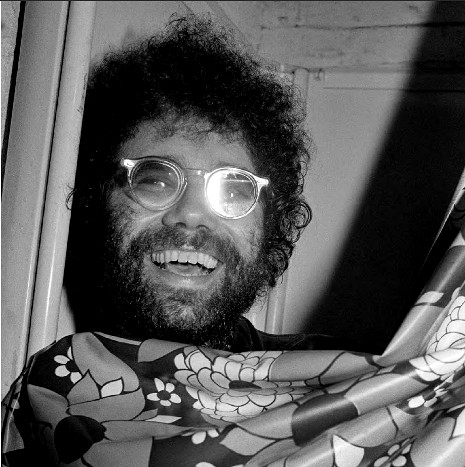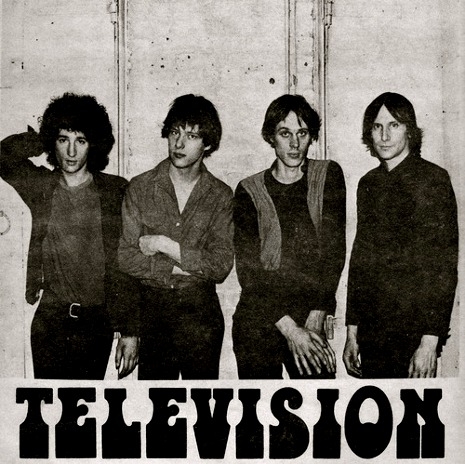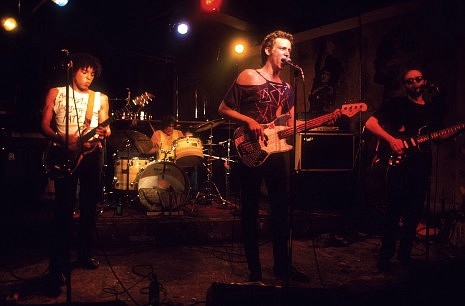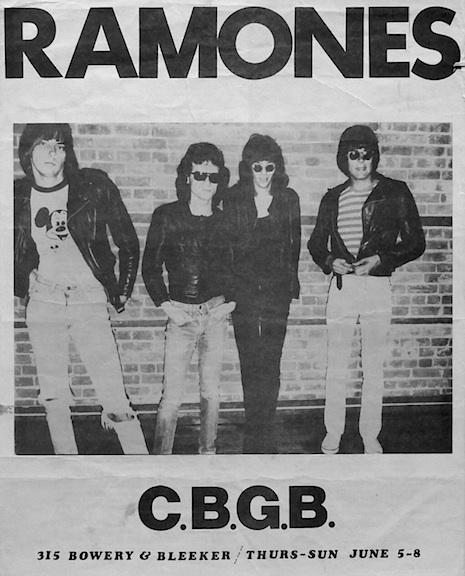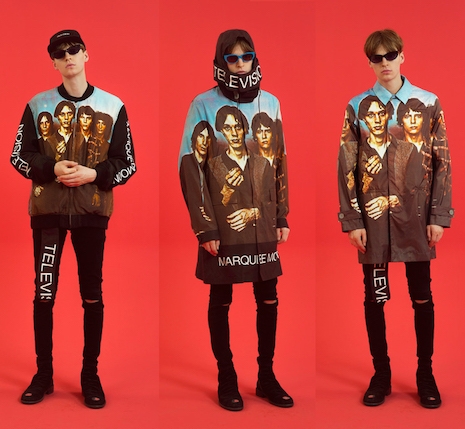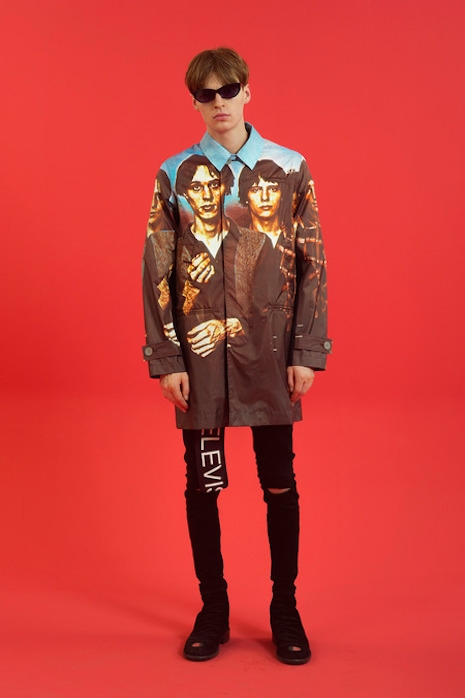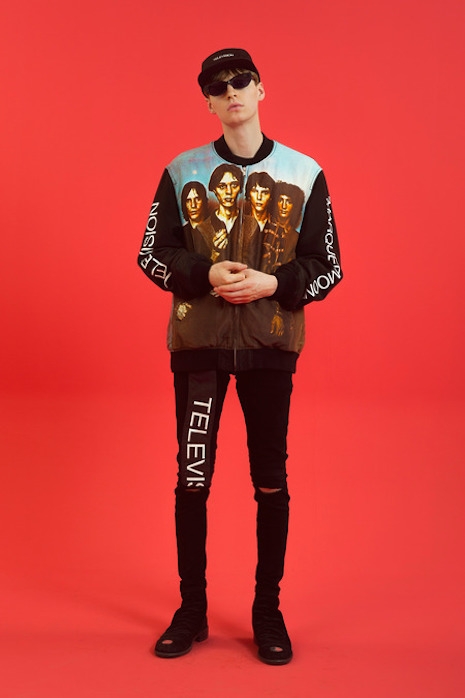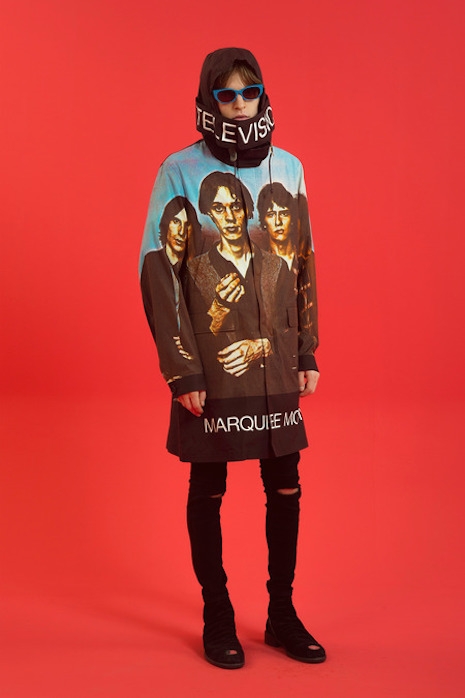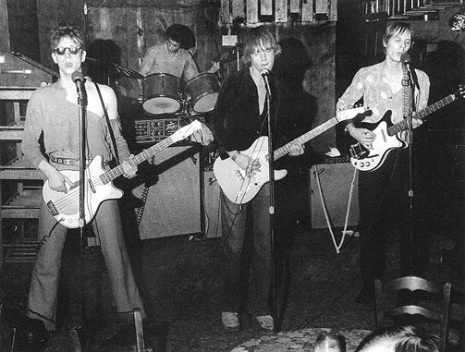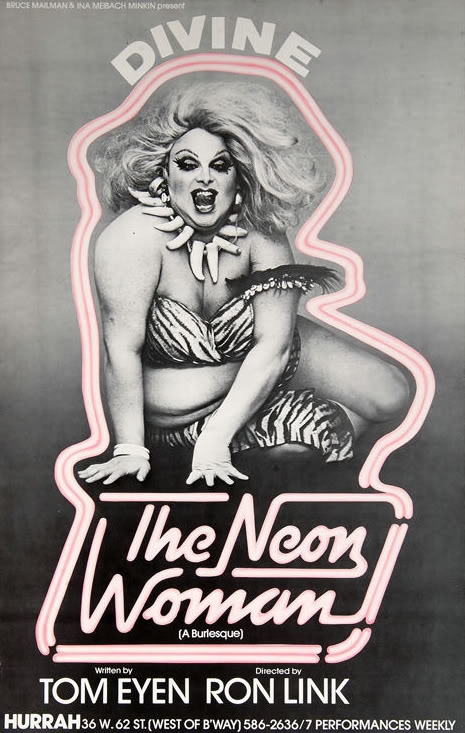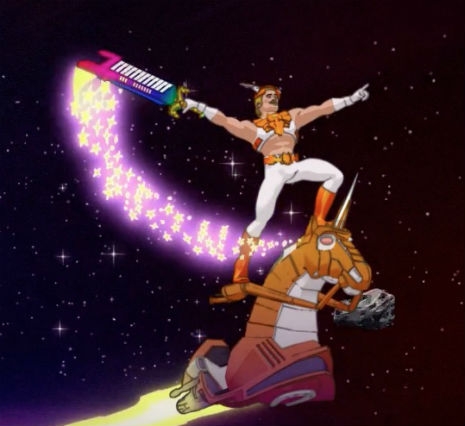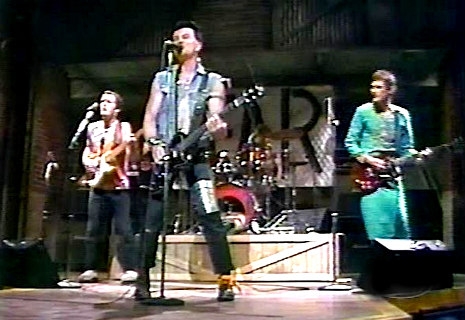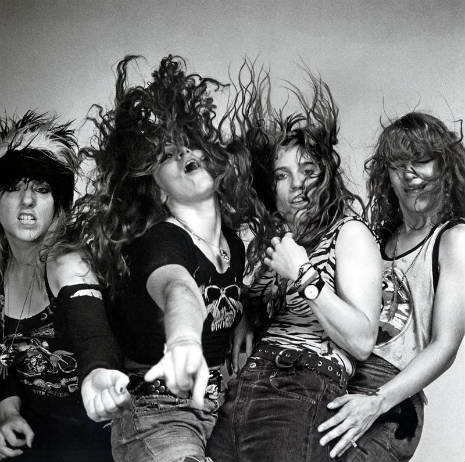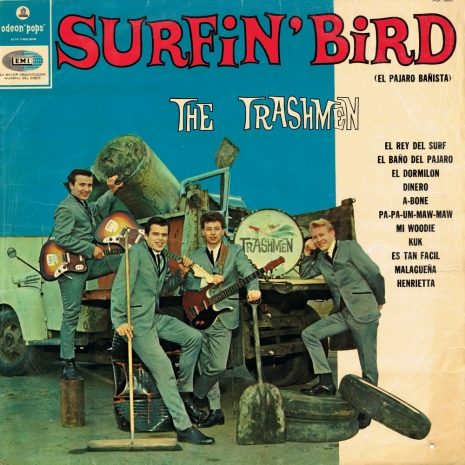
While it may be a stretch to say that the Trashmen invented punk rock, with 1963’s “Surfin’ Bird” they were very clearly one of the earliest bands to capture its snotty, anarchic spirit. The song has been a rallying cry for hip weirdos ever since. It was even the voice of a singing asshole in John Waters’ magnum opus Pink Flamingos. Pee-wee Herman belted it out on the soundtrack of Back to the Beach. It’s also been covered by dozens of bands, including The Ramones, the pre-Stooges Iguanas, and even German thrash metal giants Sodom. The Cramps basically owed their entire career to the song.
There is no way to sit in silence when “Surfin’ Bird” comes on the radio. You will scream along and probably flail around the room, flapping your arms like a big dumb ostrich. That song could start an all-night party at a funeral. The bird remains the word, even after all these years.
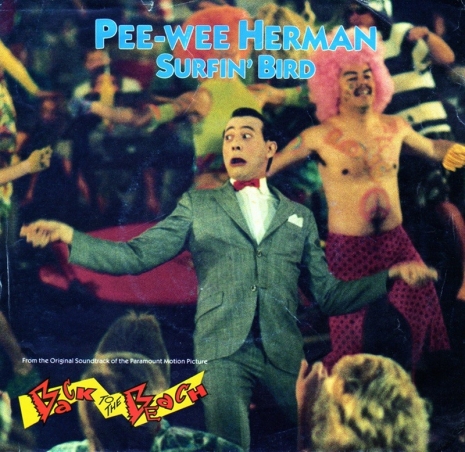
Pee-wee heard about the bird back in 1986
But what do we know about this mutant anthem, really? Well, for one thing, The Trashmen didn’t write “Surfin’ Bird.” It was a mash-up of two Rivingtons’ songs, 1962’s “Papa-Oom-Mow-Mow” and its sound-alike follow-up, ‘63’s “Bird is the Word.” The Trashmen never even heard the original. They actually nicked it off another local Minneapolis band called The Sorensen Brothers. The Trashmen version was even louder and wilder, and once DJ Bill Diehl heard it, he encouraged the band to record it. They did, and the word-of-the-bird quickly spread, eventually getting the band to number four on the Billboard charts and ensuring their place in Freak Heaven forever.

The unlikely granddaddies of punk: Trashmen in 1964
But here’s the thing. The Trashmen initially attempted a rock n’ roll swindle, stating that they wrote the song themselves. The ‘63 single credits Trashmen singer/drummer Steve Wahrer as the composer and by the time the song was racing up the charts, he was happy to take the credit. Eventually, the Rivingtons got a lawyer and worked it all out but by then the world moved on to other dance crazes. While “Surfin’ Bird” remained the Trashmen’s biggest hit, they had a fistful of ‘em as the decade wore on, including “Bird Dance Beat”, “Peppermint Man” and “Whoa Dad”. None of ‘em were as good as “Surfin’ Bird,” but what could be?

The little-known follow-up to “Surfin’ Bird.”
After the jump, the greatest thing you’ll see this week, I promise…






